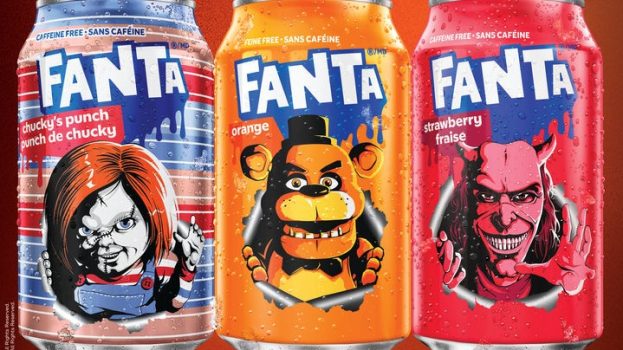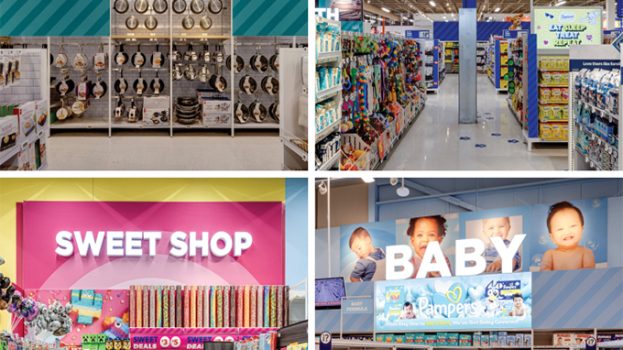By Max Valiquette
You’ve seen it already, in the Mission: Impossible movies. Tom Cruise, desperate to wear (another?) mask so he can impersonate one of the bad guys, has one made out of latex in a matter of minutes with a 3D printer. These sequences have always seemed far-fetched, but are a part of what makes these movies so entertaining. 3D printing seems just as fantastical as leaping from a speeding train or climbing the world’s tallest building with sticky gloves.
Except, of course, that it isn’t. Not any more, anyway. 3D printers exist; the technology isn’t that expensive; and it is going to transform marketing (and pretty much every other industry, too).
The process of 3D printing is pretty straightforward. Traditionally, to make objects we use a subtractive process – we remove material by cutting or drilling and we’re left with the object that we want. 3D printing is an additive process, in which layers (such as plastics, resins, and possibly fabrics) are laid down on top of each other until the object is built. Printers have gotten smaller and with 3D modeling software it can act as a desktop production system. Imagine an oven that sits on your desk and makes small objects out of plastics or polymers.
If this sounds incredibly expensive, that’s because it was. But, like pretty much all technology these days, the price has dropped very quickly. There are lots of models out there for less than two thousand dollars; a new printer called the RoBo is in development and promises to sell for about a quarter of that.
So what does this mean for marketers? It’s too early to tell, completely. But we do know some things already.
Creative industries need a 3D printer in their offices. If you’re an agency of any size you probably have a digital practice. You may even employ people with titles like “creative technologist.” Well, this is among the most creative of all the technologies. Your clients are going to be hearing about this and they are going to expect you to have some expertise. If you can afford it, buy one of these, and task the more creative of your staff to start using it.
Store-level retail should expect a change for the worse. Customers who are used to going to stores to buy things are going to start downloading them directly from the manufacturer. Yes, this sounds like Star Trek, but it will happen at some point (The Pirate Bay has a blog post about this in which they are dubbing the category “Physibles”). You may think your industry is safe and that people will never be able to print their own razor blades, tooth brushes or soap. But 30 years ago the idea that we would all purchase our music song by song or streaming our videos over the internet, was just as far-fetched, and it’s now the reality.
But store-level retailers should also expect a change for the better. Aftermarket customization is now going to be possible at the point of purchase. The custom-painted iPhone case that people are creating, ordering online, and waiting to arrive in the mail? If they don’t have a 3D printer at home or if the one they have isn’t as good as the one that can be afforded by a retail brand, consumers are forced into a model where they wait for custom products. Retailers have an opportunity to step into a void, making that iPhone case for their customers at the moment of purchase. It will, for the next little while, anyway, be a huge point of difference.
Lastly, marketers need to tap into 3D printers for store-level campaigns. The truth is: it’s just really cool right now. It’s new, and different, and can be a terrific add-on to the in-store experience. This is already starting to happen with 3D pop-ups, like the ones run by 3Dea. But there’s no reason people can’t be drawn into your retail environment with the promise of, say, a 3D printed doll of themselves. The possibilities are amazing, and growing. Regardless, 3D printing has made the move from sci-fi to reality – and marketers have got to take notice.
Max Valiquette is the Managing Director of Strategy at Bensimon Byrne.
























